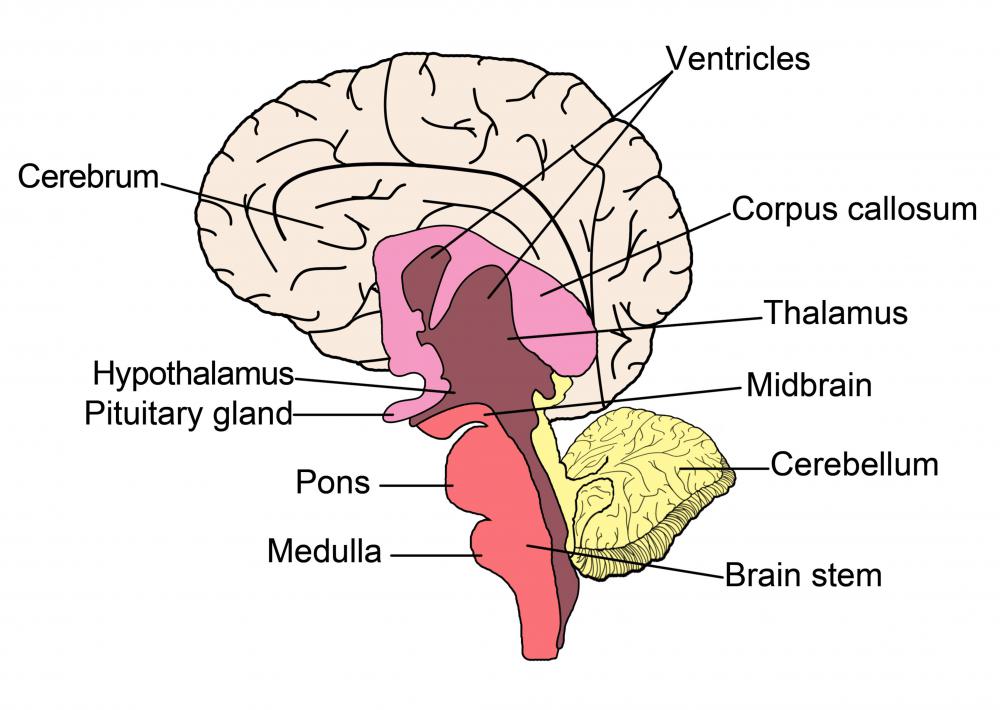At WiseGEEK, we're committed to delivering accurate, trustworthy information. Our expert-authored content is rigorously fact-checked and sourced from credible authorities. Discover how we uphold the highest standards in providing you with reliable knowledge.
What Is Pegvisomant?
Pegvisomant is a drug used to block the effects of growth hormone in the body. It is most commonly prescribed for patients who have acromegaly, a condition where growth continues after puberty to the point of disfigurement or death. It is caused by a growth on the pituitary gland which makes it function improperly. Pegvisomant is prescribed when other methods, such as surgery, radiation, and hormone treatments such as somatostatin have not been effective. It is sold under the product name Somavert®.
The drug is a growth hormone receptor antagonist. It contains proteins with amino acid elements that bond together in order to block excess growth hormones. Pegvisomant specifically stops the creation of the insulin-like growth factor 1 (IGF-1), which is the protein most responsible for unchecked growth.
Usually distributed as a powder, the drug is mixed with liquid so that it can be injected. The prescription typically comes with a vial of sterilized water to be used for mixing. It is injected under the skin.

Many doctors will regularly monitor a patient who is taking pegvisomant. Regular blood tests can help to determine whether the drug is still effective in holding off IGF-1. They can also reveal possible liver damage, one of the primary problems that can develop from long-term use of the drug.
There are several conditions which could make taking pegvisomant too risky, or at least require that a doctor adjust dosage or observe a patient more closely during treatment. Patients with latex allergies are advised not to take the drug, as it comes in a vial with a stopper made of that material. Liver problems or diabetes may also be problematic. The drug may also cause a dangerous reaction for patients with tumors that secrete the growth hormone.
The less serious side effects of taking pegvisomant should be discussed with a doctor, though they are usually mild enough that it is not necessary to stop taking the drug. They include symptoms similar to the flu, nausea, dizziness, or diarrhea. Some patients may also gain a small amount of weight or retain water. There have also been reports of discomfort in the area where the drug is injected.
Liver problems tend to be the most severe problems associated with taking pegvisomant. Symptoms can include uncharacteristic fatigue, vomiting, pain in the abdomen, and itching. Dark urine and clay-colored stools are other associated symptoms. A patient’s eyes and skin will also usually turn yellow. All of these symptoms should receive immediate medical attention.
AS FEATURED ON:
AS FEATURED ON:











Discuss this Article
Post your comments